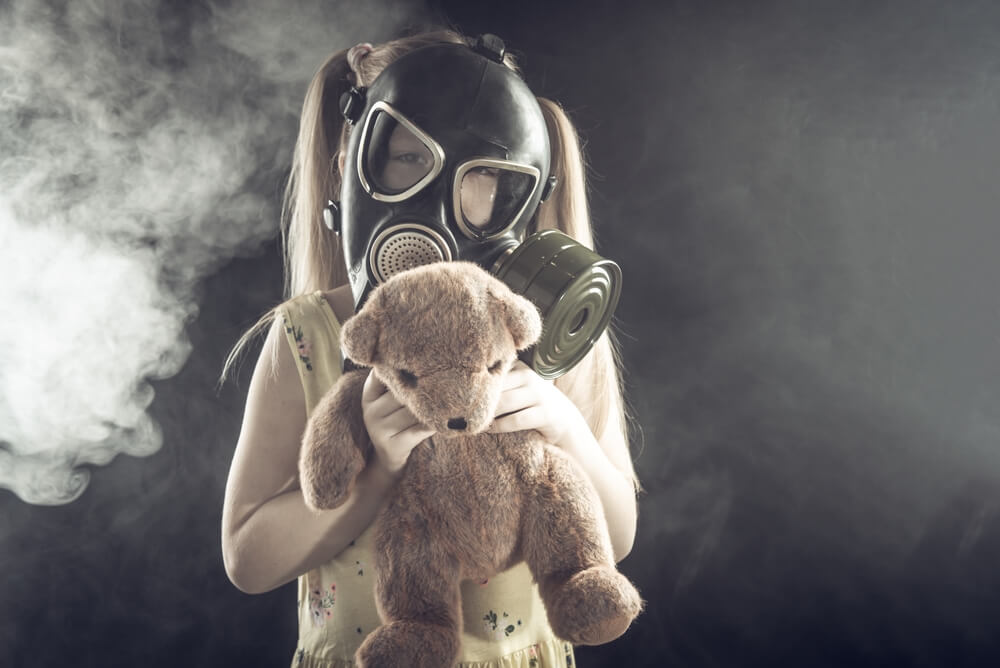The Complete Guide to Kids’ Sunscreen and Sun Safety

As the weather gets warmer, protecting your child’s skin from the sun or deciding which products are the best choices for your family can feel like an impossible task. That’s why we’ve compiled everything you need to know about sun safety and sunscreen for kids.
Contents:
- Essential Tips for Sun Safety
- ABCs of Sunscreen
- The Best Sunscreens for Kids
- Sunscreens for Sensitive Skin
- Sunscreens for Different Skin Tones
Essential Tips for Sun Safety
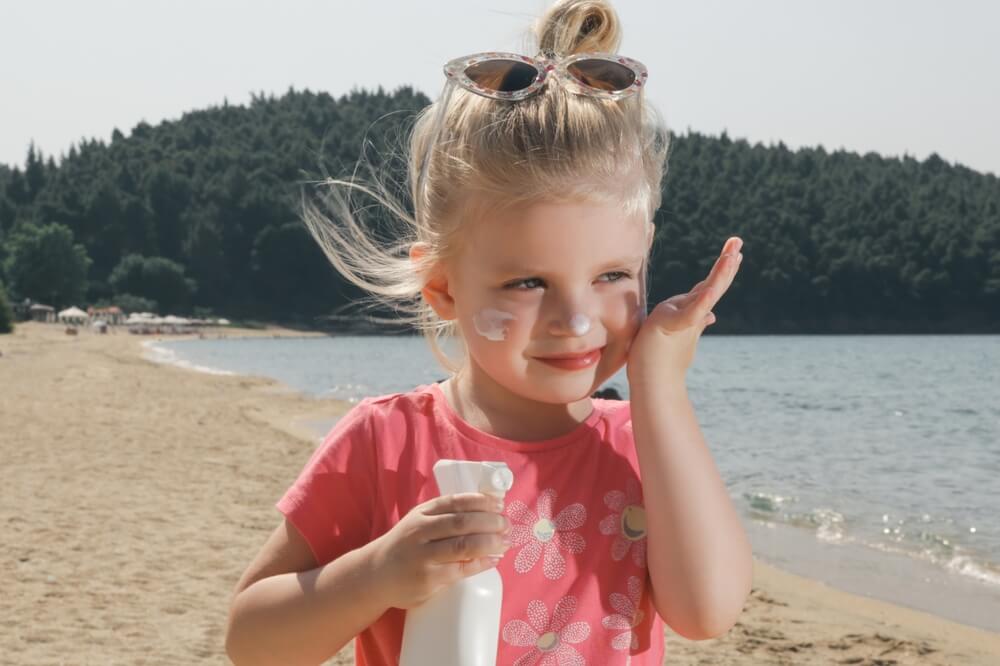
triocean/Shutterstock.com
Staying safe in the sun starts before you even step foot outside. These tips will help your family stay organized and prepared no matter what outside adventures you choose.
Apply Sunscreen
Sunscreen for kids remains one of the most important tools for sun safety. Adults should use sunscreen on children anytime outside activities are planned to ensure their child’s skin remains safe. Sunscreen is even important on days when the sun may be hiding behind clouds. However, sun damage can still occur as a result of reflected light.
Keep reading to learn additional tips for choosing the best kids’ sunscreen and the best baby sunscreen.
Clothing
Clothing can also help protect your child’s skin from harmful sun rays. Sunglasses, brimmed hats, and bathing suits with built-in UVA protection are all excellent options for playtime in the summer sun.
When choosing clothes to wear in the sun, look for dark or bright colors. These colors will absorb the sun’s rays more effectively than lighter-colored clothing.
A good test for your child’s clothing can be done by holding your hand up against your child’s clothing. If you are able to see your hand or if sunlight peeks through, this article of clothing is most likely not sufficient to protect your child’s skin.
Hats are especially important to include in your summer wardrobe as they protect the face, scalp, and neck, which are often overlooked spots when it comes to sun protection.
Avoid Peak Sun Time
The sun’s rays tend to be the strongest between 10 am and 4 pm. Avoiding sun exposure during this time can help protect sensitive skin from painful sunburns. This is important to remember not only when playing outside in direct sunlight but also during long car rides when kids are exposed to sunlight through your car’s windows.
If sun exposure during this time is unavoidable, consider using a cover to provide shade for kids. There are many options available when selecting covers for your outside adventures. Choose one that best fits your lifestyle and that will be easy and effortless to use consistently throughout your days in the sun. Check out the links below for some options to consider:
Reapply
Reapplying sunscreen at regular intervals is essential. This should be done every two hours or sooner if your child has been swimming or sweating.
Applying sunscreen can sometimes feel like a battle with kids. Turning it into a game for kids may help this part of summertime safety become less of a struggle and more of a quick task before fun.
Game ideas include:
- painting silly pictures or faces using sunscreen before rubbing it into the skin;
- taking turns between children and adults when applying;
- adding silly movements or dances when rubbing in sunscreen can add laughter instead of tears during this necessary task.
ABCs of Sunscreen
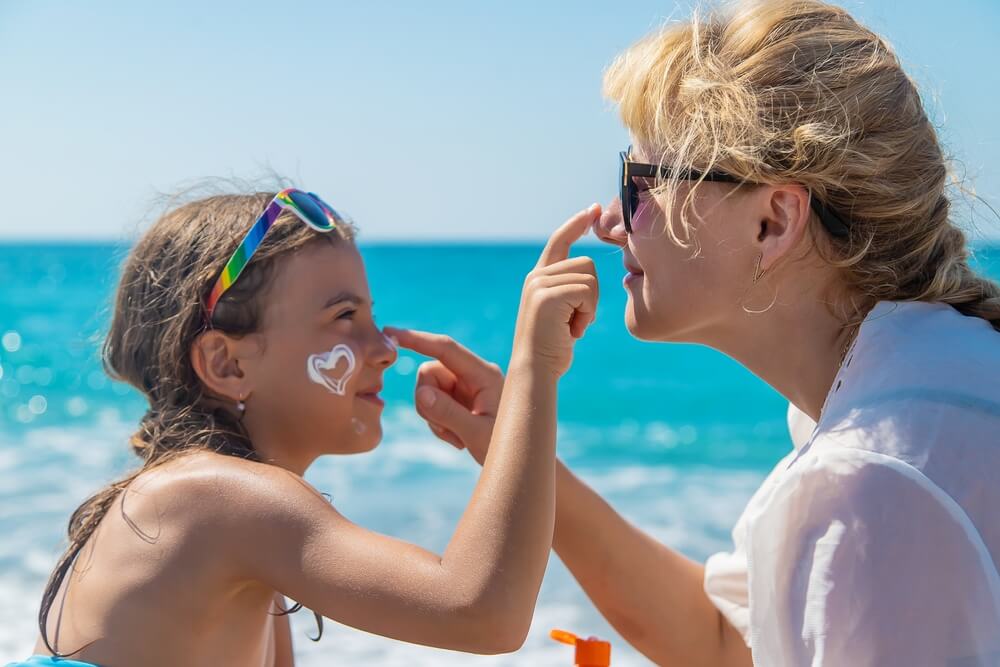
Tatevosian Yana/Shutterstock.com
Choosing the best sunscreen for kids does not have to be difficult. However, before selecting a sunscreen to use with your child, it is important to learn the basics about sunscreen.
SPF (Sun Protection Factor)
SPF refers to the sun protection factor, a relative measurement for the amount of time the sunscreen will protect you from ultraviolet (UV) rays.
- UVA or ultraviolet A rays are rays that penetrate deep into the skin. Prolonged exposure to these rays can cause wrinkling, aging, and suppressed skin immunity.
- UVB or ultraviolet B rays are rays that cause sunburns.
It is important to select a sunscreen that protects the skin from both types of rays to ensure healthy skin for children and adults. The most effective sunscreens have an SPF of 30 or higher.
Sticks vs Sprays vs Lotions
Sunscreen for kids should be in lotion form. Most individuals do not use sunscreen sprays or sticks correctly, which can result in painful sunburns and skin damage. If these types are used, it is essential that these products are rubbed thoroughly into the skin to ensure that no sections of skin are left without protection.
Sunscreen sprays are also not ideal choices due to their chemicals that are potentially harmful to the lungs. Children are not always able to hold their breath during the application, which increases the likelihood of these chemicals being inhaled. If using sunscreen sprays, adults should spray the sunscreen in their hands before applying instead of spraying it on or around a child’s face.
Application matters
While putting sunscreen on the skin may appear like an easy task, improper application could result in sunburns. Check out the video below for an easy step-by-step guide to ensure full coverage and sun protection.
Ideally, sunscreen should be applied 30 minutes before being outside in the sun. Sunscreen can be made less effective by water or sweat. Allowing sunscreen to soak into the skin, prevents it from being washed off by sweat or water from pools, lakes, and oceans.
When applying sunscreen, the amount used is an important factor to consider. Experts recommend a handful or two medicine cups full of product to completely cover a child’s skin and provide adequate protection.
Babies and Sunscreen
Sunscreen should not be used on children under the age of 6 months. A baby’s skin is typically more sensitive than adults and using sunscreen on their skin can result in painful rashes or other side effects. Instead, it is recommended that families keep children under the age of 6 months in as much shade as possible to protect them from the sun. Additionally, hydration and proper clothing are recommended to keep young children cool.
Children 6 months and older can use adult sunscreen. Generally, baby sunscreen and adult sunscreen contain the same active ingredients. However, baby sunscreen may contain ingredients that are less irritating to sensitive skin.
Chemical vs Physical (Mineral) Sunscreen
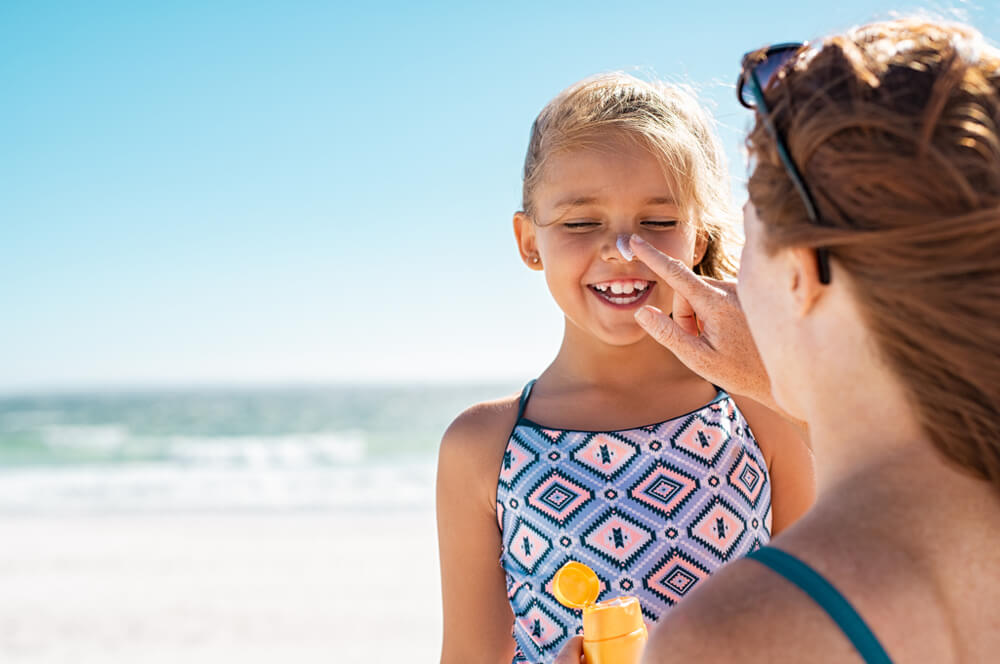
Rido/Shutterstock.com
Chemical and physical sunscreens differ in the ingredients that they contain and in the ways they protect skin from the sun. Chemical sunscreens are made of organic compounds that absorb UV rays while physical sunscreens use mineral ingredients to block UV rays away from the skin. When deciding between a chemical or physical sunscreen there are factors that are important to consider before making your selection.
Chemical Sunscreen
Pros:
- Less product is required to protect the skin from the sun.
- Spreads easier on the skin due to its thinner texture.
Cons:
- Experts recommend that individuals using chemical sunscreens should wait approximately 20 minutes after application before sun exposure.
- Chemical sunscreens are often formulated using multiple ingredients in order to protect the skin from UVA and UVB rays. This may lead to skin irritation or rashes, especially when using sunscreens with higher SPFs.
- May require re-application throughout the day as the protection it offers gets used up more quickly when in direct sunlight.
Physical Sunscreen
Pros:
- Physical sunscreens protect the skin from both UVA and UVB rays.
- Individuals who use chemical sunscreen can expect immediate protection from the sun and do not need to wait before it is effective.
- Physical sunscreens typically are effective for longer periods of time when compared to chemical sunscreens. However, exposure to sweat or other water sources may impact their effectiveness.
- Less likely to cause a stinging irritation on the skin or clog pores.
Cons:
- Physical sunscreens are easily rubbed or rinsed off, which would require more frequent re-application when spending time in the sun.
- Frequently leaves a white cast or film, which may not be ideal for medium to dark skin tones.
- Can be less protective if not applied accurately.
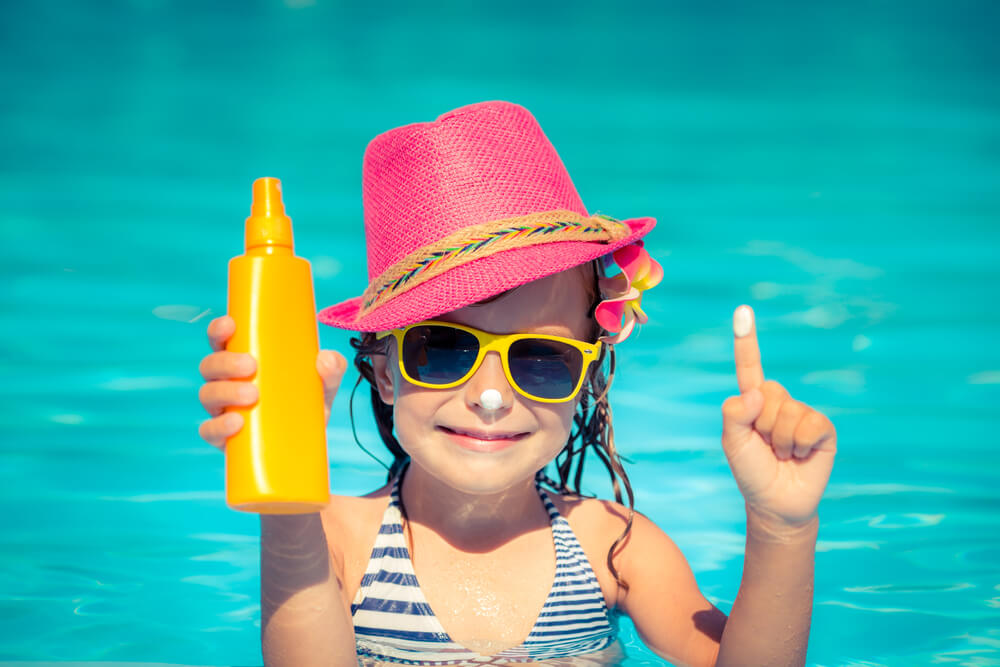
Sunny studio/Shutterstock.com
Sunscreen ingredients
Sunscreen contains active ingredients and inactive ingredients. Active ingredients are the ones that are protecting your skin from the sun’s harmful UV rays while inactive ingredients are all other ingredients that are used in formulating sunscreens. All good kids’ sunscreens will contain some or all of the following (FDA-approved) active ingredients:
- Aminobenzoic acid
- Avobenzone
- Cinoxate
- Dioxybenzone
- Homosalate
- Meradimate
- Octocrylene
- Zinc oxide
- Octinoxate
- Octisalate
- Oxybenzone
- Padimate O
- Ensulizole
- Sulisobenzone
- Titanium dioxide
- Trolamine salicylate
Natural Sunscreens
Terms like “organic” and “natural” are not regulated by the FDA, which means that sunscreens with this label may not be using ingredients that are safe or provide sun protection. Instead, it is recommended that families look for mineral-based sunscreens if they are concerned with toxic ingredients or chemical exposure/absorption when applying sunscreen.
Recall/Expiration Dates
When using sunscreen, families should always be aware of expiration dates or recall notices. Sunscreens typically remain at their original strengths for at least three years. This means that leftover sunscreen can be used from one year to the next.
The Best Sunscreens for Kids
With so many options available, it can be hard to know which sunscreens to choose. Before you spend your hard-earned dollars, consider the following lists to discover the best sunscreens on the market.
Blue Lizard Sunscreen SPF 30 or 50
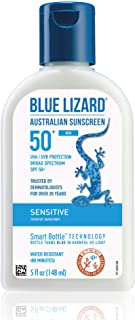
This sunscreen checks all the right boxes when it comes to skin safety and protection. Its high SPF will provide broad-spectrum protection from both ultraviolet A (UVA) and ultraviolet B (UVB) rays.
Additionally, this sunscreen is fragrance-free, easy to spread, and absorbs quickly into the skin which is a helpful quality for kids who do not like the feel or smell of lotion on their skin.
This sunscreen is waterproof, which makes it the perfect choice for outdoor activities that involve water play.
Coppertone Limited Edition Ultraguard SPF 70
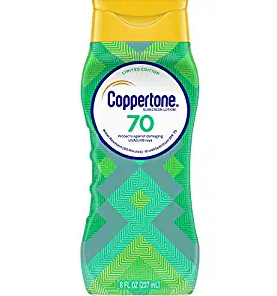
This sunscreen is a fragrance-free, cost-effective option that provides good coverage and protection from the sun. Because reapplying sunscreen is an important step to protection, finding an option that is affordable will increase the likelihood that sunscreen will be applied liberally when outside in the sun.
This sunscreen is also extremely easy to rub in which makes application fast and easy for little ones who do not enjoy the process of applying sunscreen. It will also provide up to 80 minutes of water-resistant protection after application.
Thinksport SPF 50 Mineral Sunscreen
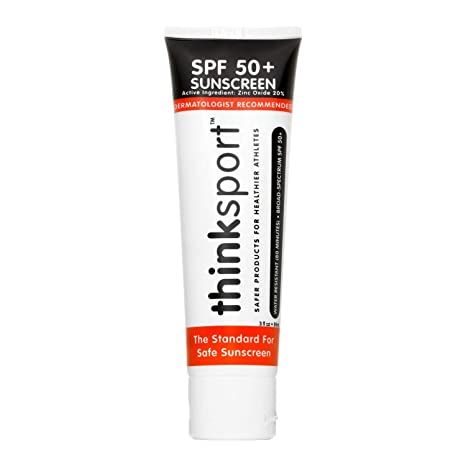
In addition to protecting kids from UVA and UVB rays, this sunscreen is “reef-safe” and water-resistant for up to 80 minutes. As a physical sunscreen, it is harder to fully rub in and can leave a strong white cast on the skin.
Babyganics SPF 50 Baby Sunscreen Lotion UVA UVB Protection
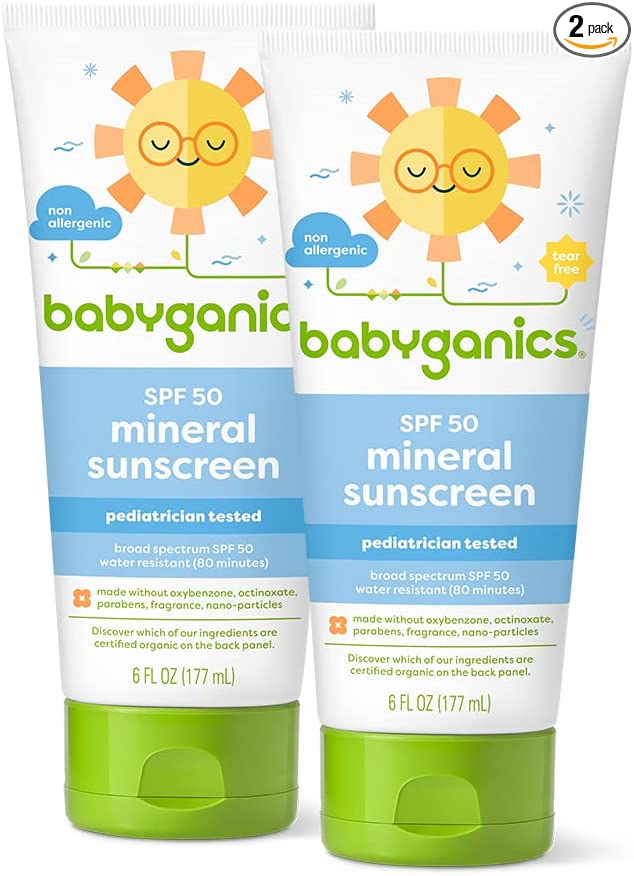
This sunscreen uses both chemical and physical sunscreen ingredients to provide excellent sun protection. It has been formulated using organic ingredients, which help prevent irritation on sensitive skin or around the eyes. Additional benefits of this sunscreen include an easy to rub in formula and 80 minutes of protection when exposed to water.
Thinkbaby SPF 50+ Baby Sunscreen – Safe, Natural Sunblock for Babies – Water Resistant Sun Cream
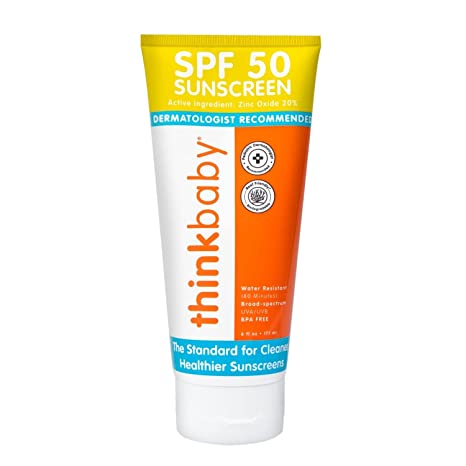
This product is one of the best sunscreens for babies due to its gentle formula that will protect without irritating sensitive skin. While infants under 6 months should not wear sunscreen, this sunscreen is a perfect choice for older children and babies given its 2 hours of proven protection after it’s dry and 80 minutes of protection after exposure to water.
Neutrogena Sheer Zinc Oxide Kids Mineral Sunscreen Lotion, Broad Spectrum SPF 50+ with UVA/UVB Protection
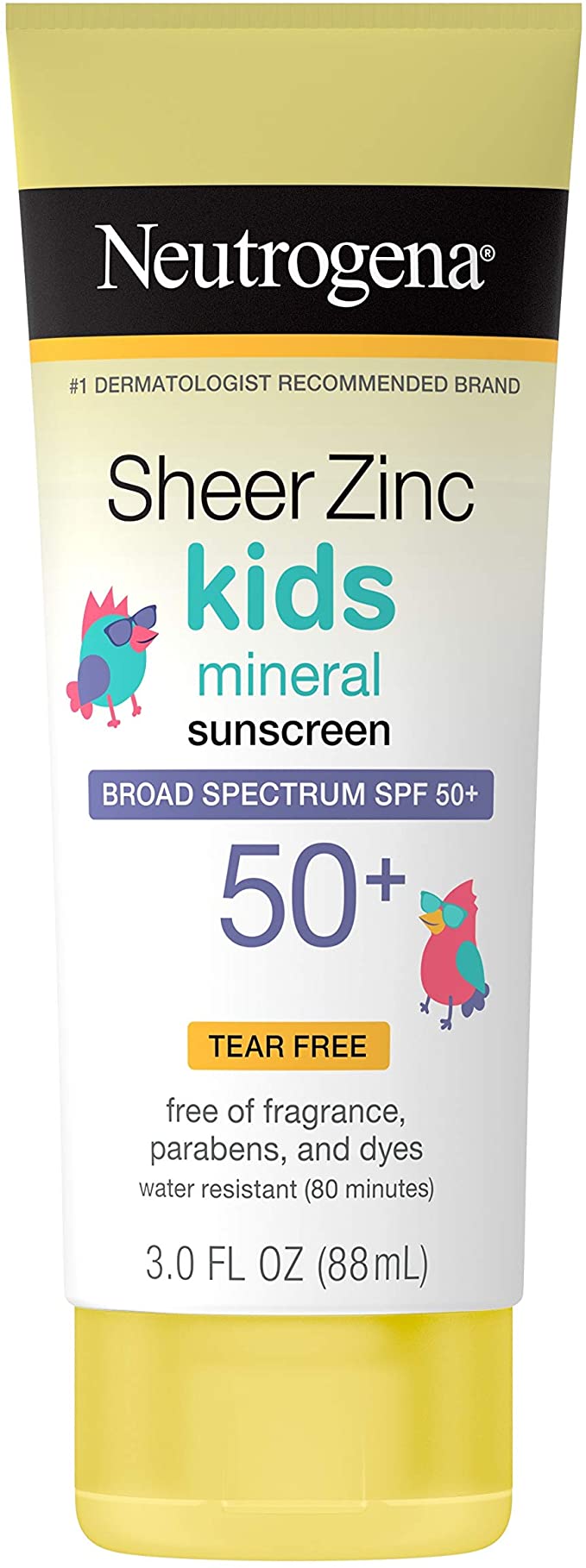
This sunscreen provides excellent coverage for the face and body. Its gentle formula makes it a perfect choice for a variety of skin types. It provides two hours of protection (without water exposure) and up to 80 minutes of protection when the skin is wet.
Sunscreens for Sensitive Skin
It is an indisputable fact that everyone can benefit from sunscreen. However, different skin types may impact your choice when selecting a sunscreen. Whether you or your children have eczema or acne-prone skin, there are sunscreens that can protect you from harmful sun exposure and help your skin remain healthy.
Australian Gold Botanical Mineral Sunscreen

This mineral sunscreen contains healing ingredients which are known to be beneficial for sensitive skin. Its formula is also free of skin irritants.
Aveeno Mineral Sensitive Skin Sunscreen
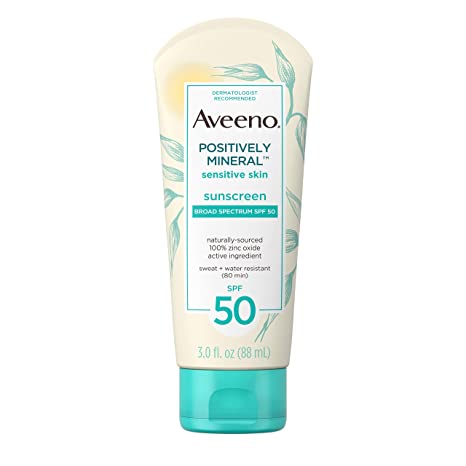
This sheer and lightweight sunscreen is made with allergy-free ingredients and skin-friendly oats. This makes it a perfect choice if your child’s sensitive skin makes sunscreen application difficult. Its small size also makes it a perfect travel companion whenever you’re on the go!
CeraVe Tinted Mineral Sunscreen
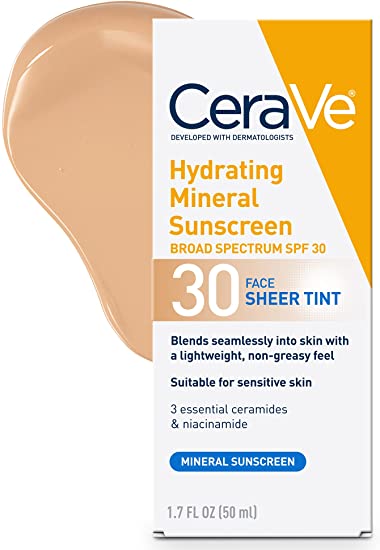
This bestselling sunscreen is highly reviewed by its users due to its full coverage and beautiful skin tint. It contains FDA-approved ingredients to protect against UVA and UVB rays and other nourishing ingredients to maintain healthy and beautiful skin.
Sunscreens for Different Skin Tones
Sunscreen’s hallmark white color may leave a less than desirable white cast on medium to dark skin tones. Products designed specifically with black and brown skin in mind can be a good choice to consider if this is a concern for your family when applying sunscreen. The following sunscreens offer comprehensive sun protection without white casts:
Black Girl Sunscreen
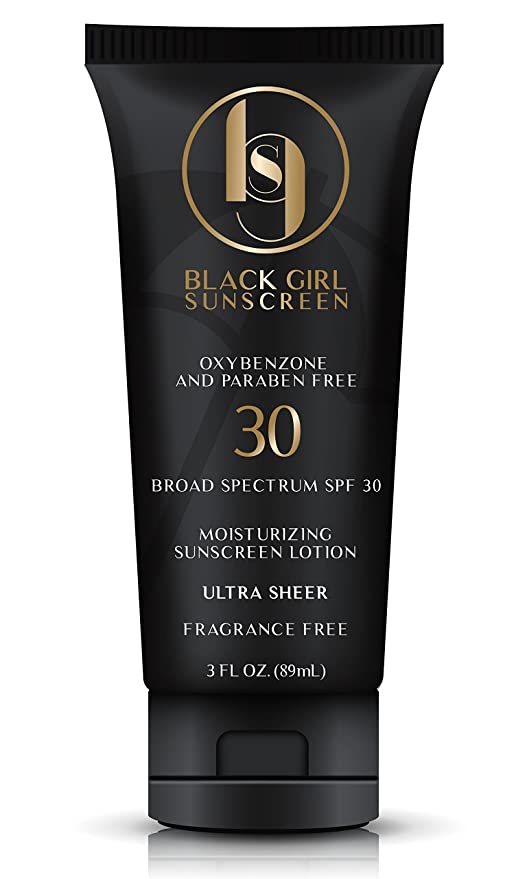
This easy-to-apply, non-toxic, moisturizing sunscreen provides excellent sun protection without any white residue. Don’t let the name fool you – this sunscreen is appropriate for all genders and ages.
EltaMD UV Clear Facial Sunscreen Broad-Spectrum SPF 46 for Sensitive or Acne-Prone Skin
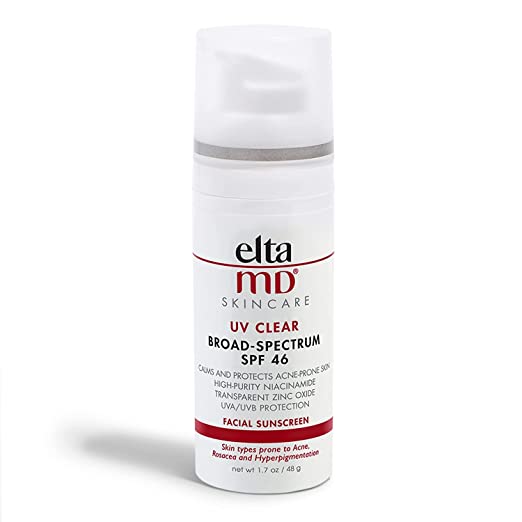
Reducing white residue may not be the only feature you would like in sunscreen. Maintaining the health of your skin and preventing your pores from becoming clogged may also be important features. Blockages can cause breakouts and may be responsible for worsening the condition of your skin. This sunscreen contains beneficial ingredients like lactic acid, which exfoliates and hydrates the skin and controls oil production.
Alba Botanica Sensitive Sheer Shield Sunscreen SPF 45
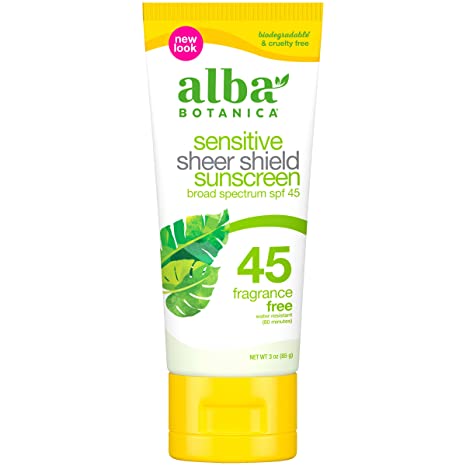
Sensitive skin may also be a deciding factor in your journey to find a great sunscreen. In addition to leaving little to no white cast, this sunscreen does not contain any harsh chemicals or fragrances known to irritate the skin.
Sun safety is an essential part of having happy and healthy fun in the sun. Knowing what tools and techniques work best for your family will ensure that your family remains protected no matter what adventure you choose to pursue in the warmer weather.
Let us know what sunscreens and safety tips you’ll be using in the comments below!
The picture on the front page: Gorloff-KV/Shutterstock.com
Проверьте электронный ящик














